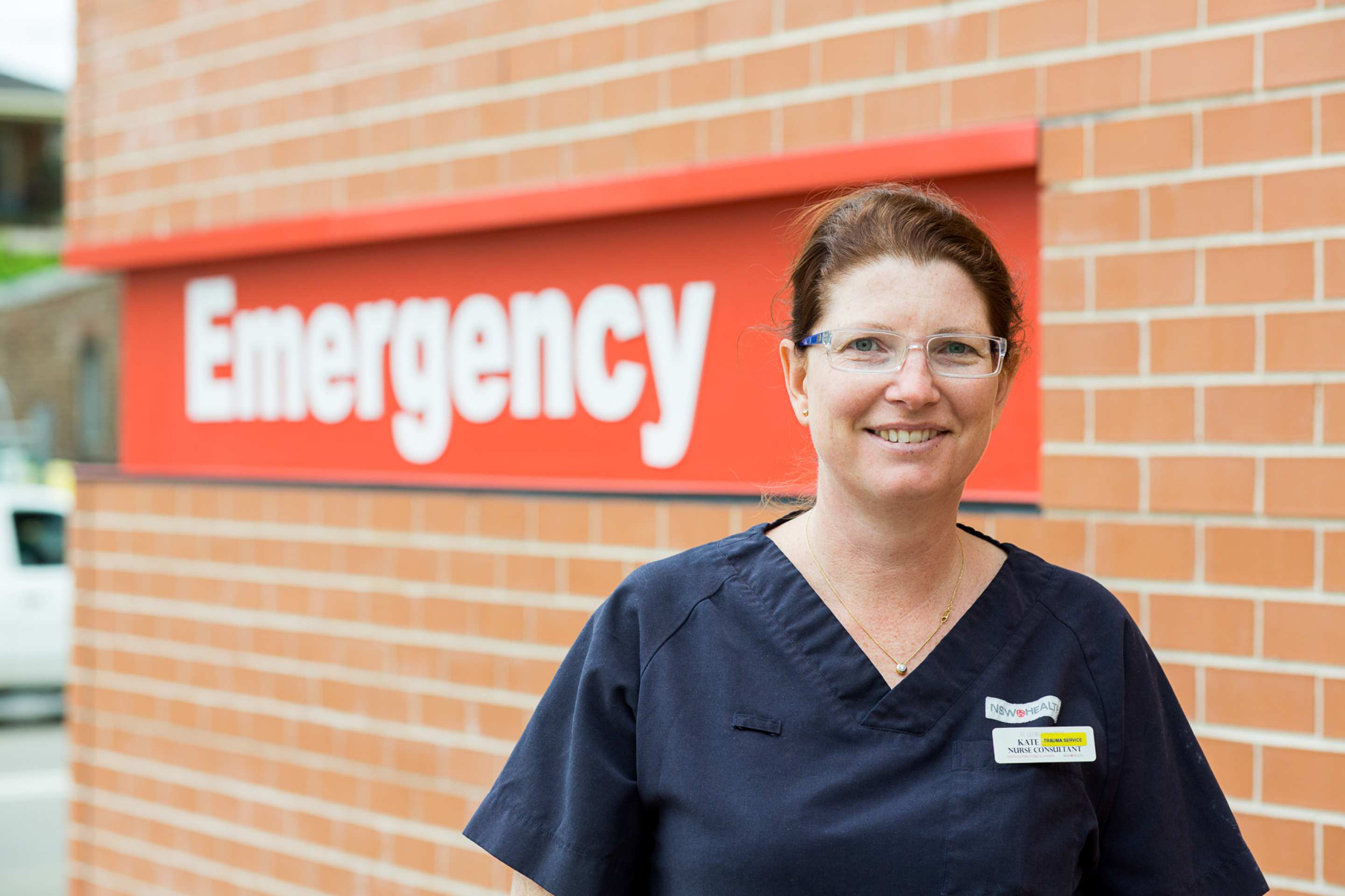Sydney researchers have been awarded more than $4.2 million in federal government funding (plus additional partner funding), to work with industry and government partners, including Dulux and NSW Health, on research that solves existing business problems and takes research from the lab to practice.
Sydney was awarded three National Health and Medical Research Council (NHMRC) Partnership Projects and two Australian Research Council (ARC) Linkage Projects last week.
Deputy Vice-Chancellor (Research) Professor Duncan Ivison said the University has a long history of collaborating with industry and includes Microsoft, Rio Tinto and Qantas among its partners.
"We're designing the world's first quantum computer with Microsoft, working with industry and governments to bring our plastics recycling technology to more than 80 countries and clinicians in 145 countries have been trained in COVID-19 detection thanks to our technology. Rolling our research out into practice is very important to us and we are thrilled to be working on these new projects with industry and government partners."

Professor Kate Curtis, Principal Research Fellow, Sydney Nursing School
Professor Kate Curtis was awarded $1.49 million for an NHMRC Partnership Project to improve outcomes for the eight million patients that visit Australia's 287 emergency departments each year.
Professor Curtis and her team of Australia's leading emergency clinician, nurse and health economic researchers, will roll out a new framework across 31 hospitals in New South Wales, Victoria and Queensland to teach emergency nurses how to systematically assess and manage emergency patients.
"Patient assessment and management by Australia's 29,000 emergency nurses is hospital-dependent and inconsistent, resulting in avoidable patient deterioration, poor pain management, poor nursing documentation and patient dissatisfaction with emergency care," Professor Curtis said.
"A new system, which includes taking the patient's history, looking for common red flags, intervening early when necessary and constantly assessing the patient, has already been piloted across rural and regional emergency departments in New South Wales, with great outcomes."
"We look forward to rolling this out across many more hospitals in Australia and improving patient outcomes."

Professor Jun Huang, Sydney Nano Institute and Faculty of Engineering
Professor Jun Huang and his team will collaborate with Sunbio on a $347,000 ARC Linkage Project to create new and cost-effective synthetic amino acids using industrial seafood waste, such as crab and lobster shells and prawn tails. These amino acids will then be used as health food supplements.
Associate Professor Brian Hawkett and colleagues will work with Dulux on a $471,000 ARC Linkage Project to develop polymer nanofibres, with the goal to radically increase paint film durability.
Professor Kirsten McCaffery and her team were awarded almost $496,000 for an NHMRC Partnership Project to evaluate the effectiveness of a health literacy training program for new parents in Western Sydney, South Western Sydney and Sydney Local Health Districts.
Professor Gemma Figtree and her team were awarded $1.41 million for a NHMRC Partnership Project for precision prevention of coronary artery disease. The funds will support a program of work implementing a recently developed polygenic risk score to identify early risk of coronary artery disease, the most common form of heart disease, which occurs when a build-up of plaque in the arteries limits the blood supply to the heart and can lead to heart attacks. This world-first study will provide robust data about whether this new method of prediction works in the real world in heart health checks in primary care and will directly inform clinical guidelines and government policy.






